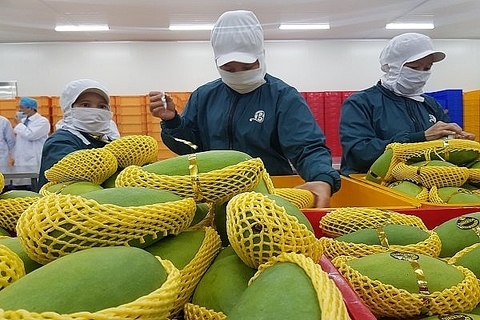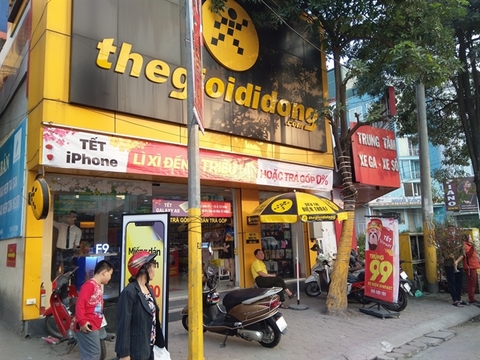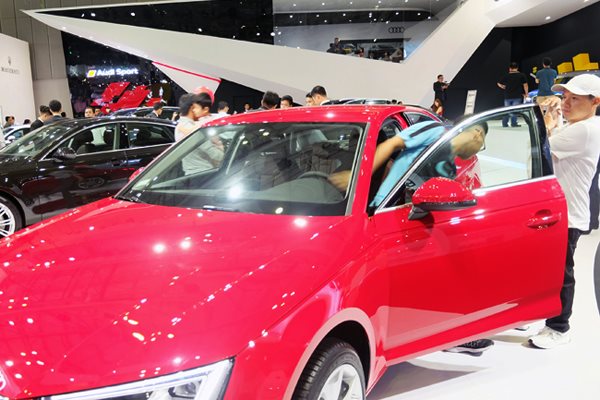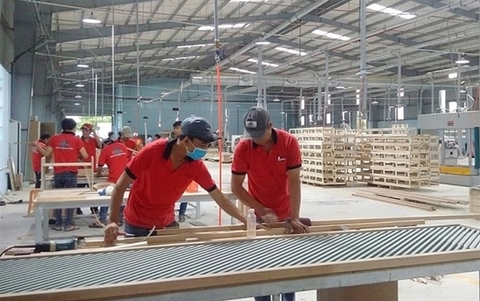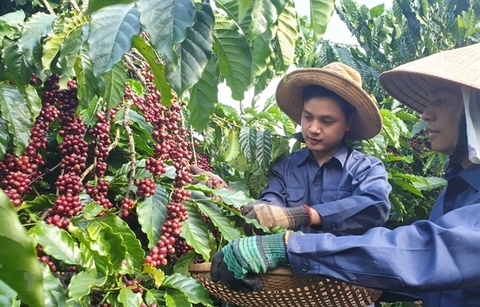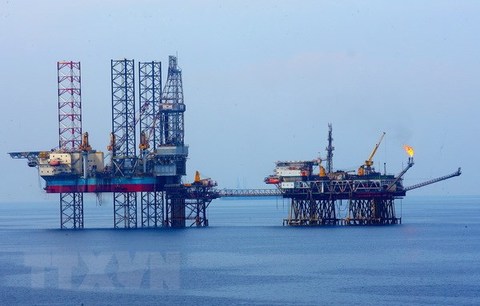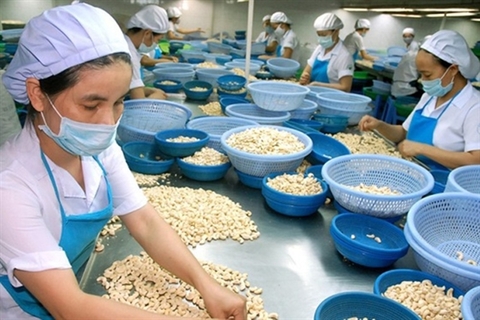Cement makers turn to alternate fuels
Cement makers turn to alternate fuels
Through simultaneous energy recovery and material recycling of alternative fuels, the Vietnamese cement sector looks to be on the right track towards achieving sustainable development goals.
According to the Vietnam Cement Association, growing concerns have arisen about energy consumption and its adverse environmental impact in recent years which forced manufacturers to establish energy management groups. Cement production is one of the most energy-intensive industries in the world, and a focus on energy consumption reduction efforts through process improvements, production management, and introducing new technologies can achieve significant results.
Cement accounts for about 83 per cent of total energy use in the production of non-metallic minerals and 94 per cent of carbon dioxide (CO2) emissions. Energy represents 20-40 per cent of the total cost of cement production. The production of cement clinker from limestone and chalk by heating limestone to temperatures above 950 degrees Celsius is the main energy-consuming process. Portland cement, the most widely-used cement type, contains 95 per cent cement clinker. Large amounts of electricity are used to grind the raw materials and finished cement.
Under a newly-approved national programme on economical and efficient use of energy towards 2030, it targets to achieve energy savings from 5 to 7 per cent of the total energy consumption nationwide by 2025 and from 8 to 10 per cent by 2030. Besides, the programme also aims to reduce the average energy consumption for the industrial sectors and subsectors compared to the period of 2015-2018.
Office manager of the Vietnam Cement Association Nguyen Hoan Cau confirmed to VIR that they welcomed this positive policy, adding, “The successful development of circular economic models is expected to help nations promote the use of hi-tech products and services in order to optimise the utilisation of resources, and enable businesses to reduce management costs and enhance competitiveness. For the cement sector, it was necessary to invest in a heat gas generation system (WHGG), especially in the context that environmental and power issues are a top concern.”
WHGG is a system using heat from cement kilns to generate electricity. It is necessary for sustainable development because it helps cement plants to reduce electricity consumption and create revenue from CO2. However, investment costs for WHGG are relatively high compared to thermal-electricity and hydroelectricity, with investment cost units to create one megawatt (MW) equalling $2.5-3 million. So far, Vietnam-based cement makers including INSEE Vietnam, Ha Tien, Cong Thanh, and Chinfon have invested in a WHGG.
“It offers enormous benefits for the economy, society, and environment, meeting 25 per cent of the plant’s electricity demands,” said an INSEE report. “This is equivalent to electricity for 18,000 households in one year, relieving pressure on the national grid and generating around 6MW of power. The system enables INSEE Vietnam to indirectly eliminate about 25,000 tonnes of CO2 per year, equivalent to 9,300 tonnes of coal annually.”
In 2004, the waste management brand of INSEE in Vietnam, Ecocycle, strengthened its operations through a significant technology upgrade in Hon Chong Cement Plant. With a total capital investment of about $12 million, this is the largest investment towards green manufacturing.
Bruno Fox, director of INSEE Ecocycle Vietnam, said, “These investments once again re-affirm INSEE Vietnam’s commitment towards its sustainable development strategy, which emphasises the need to balance economic growth considerations with social responsibility, while constantly striving to minimise its environmental impact. In terms of the environmental aspect, co-processing helps to reduce traditional fuel consumption and therefore minimising CO2 emissions.”
Cau of the Vietnam Cement Association said that they have already requested incentives from the Ministry of Finance to carry out the cost-saving measures.
According to the Vietnam Building Materials Association, the country is now home to 51 cement plants with 73 production lines and the total capacity of 73.45 million tonnes per annum.





